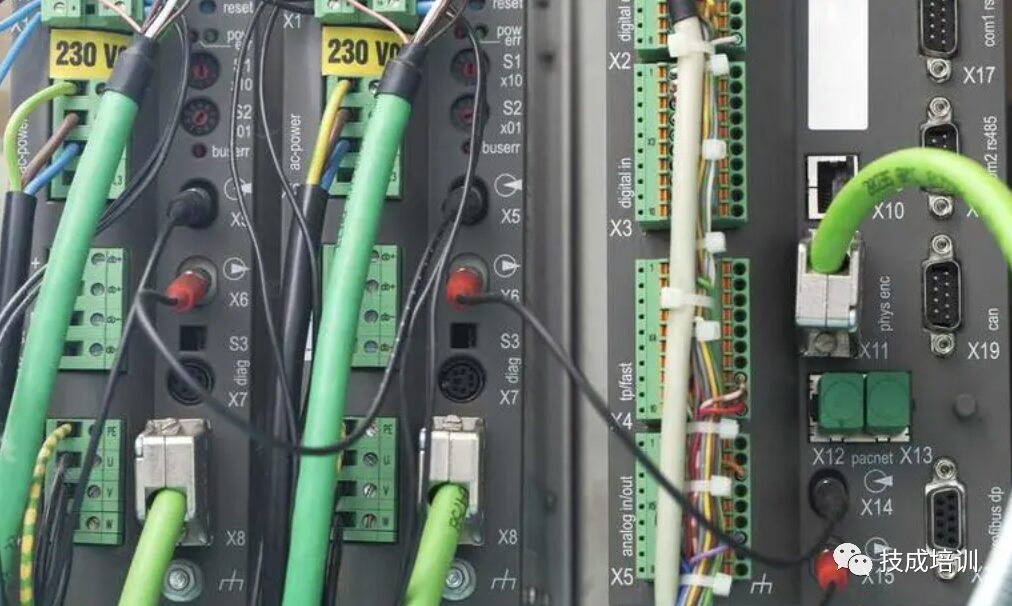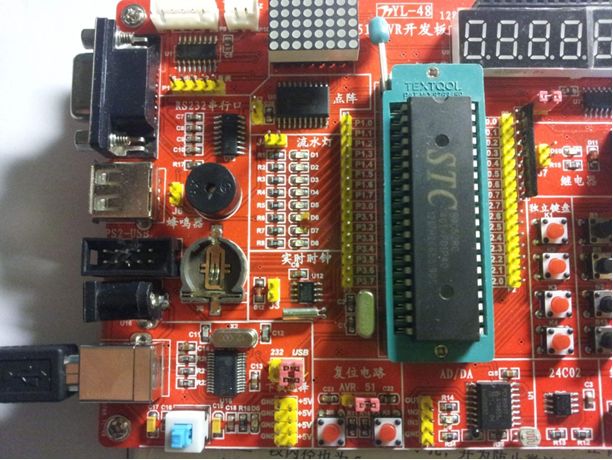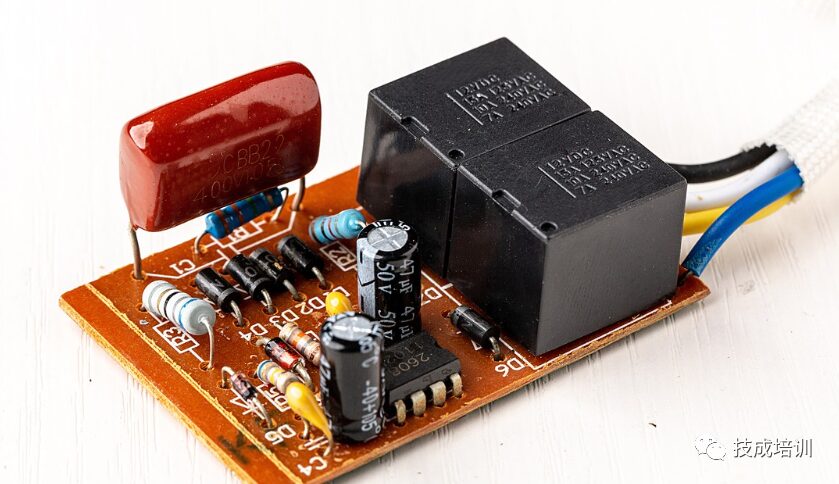

Microcontrollers cannot completely replace PLCs. Although microcontrollers can achieve similar functions through programming, they are relatively less reliable and stable compared to PLCs.
PLCs are widely used in industrial control and automation due to their good programmability, real-time performance, and stability.

PLCs have the following advantages compared to microcontrollers, making them irreplaceable in certain applications:
1. High Reliability: PLCs use industrial-grade components and have reliable and stable performance. Their internal mechanisms are complex and precise, ensuring stable operation and rare occurrences of crashes or blue screens, thus extending their lifespan.
2. Strong Anti-Interference Capability: PLCs usually have stronger anti-interference capabilities and higher stability, allowing them to operate in harsher environments such as high temperatures, high humidity, and strong electromagnetic interference.
3. Modular and Distributed Control: PLCs can construct complex systems through modular and distributed control, supporting multitasking and coordinated control of multiple devices.
4. Simple Programming: PLC programming is relatively simple and often uses graphical programming languages such as Ladder Diagrams, Sequential Function Charts (SFC), and Structured Text (ST). This shortens the development cycle and reduces development difficulty.
5. Flexible Input and Output Interfaces: PLCs typically have a large number of input and output interfaces that can be easily expanded, and they also have excellent multi-channel control functions for direct operation of input and output tasks.
6. Strong Scalability: PLCs can increase functionality through module expansion without modifying the PLC itself.
7. High Safety: PLCs usually have a high level of safety, which can be ensured by safety modules and protocols.

1. PLCs are a more mature control system composed of microcontrollers, representing a product of a stable and debugged microcontroller application system. They have strong versatility. 2. Microcontrollers can form various application systems, making their usage range broader. The term “microcontroller” refers to an integrated circuit that must work with other components and software to form a system for application. 3. From an engineering perspective, for single projects or projects with very few repetitions, using a PLC is quick, convenient, and has a high success rate and reliability, but at a higher cost. 4. For large-scale supporting projects, using microcontroller systems has the advantages of lower costs and higher efficiency, but this requires considerable R&D strength and industry experience to stabilize the system.

Essentially, a PLC is a ready-made microcontroller system. Development engineers have designed a simple programming system for PLCs and developed supporting programming software, using a simple programming language to replace the basic language of computers, greatly simplifying application programming.
PLCs widely use programming languages such as Ladder Diagrams, Statement Lists, and Function Blocks instead of computer languages, giving them a programming advantage. You can think of Ladder Diagrams as a programming language similar to assembly languages, just with different scopes of application! Typically, the PLC software converts your Ladder Diagram into C or assembly language, which is then compiled into machine code using an assembler or C compiler! What PLCs run are merely machine codes. Ladder Diagrams make usage easier, lower user requirements, and shorten development cycles.
Of course, you can also directly develop control systems using microcontrollers, but this requires a high level of competence from the developer (not something just anyone can handle). First, a solid foundation in programming languages such as C or assembly is required, and familiarity with electronic circuits and hardware is essential, along with a significant amount of programming experience. Even an experienced engineer must go through the processes of circuit design, programming, experimental operation, and then mass production, followed by modifications and maintenance based on feedback from the industrial site to gradually stabilize the system. This results in a long development cycle and high costs.

Therefore, to learn PLC programming, one only needs to systematically study PLC programming instructions and the applications of advanced functions such as interrupts, high-speed counting, high-speed pulses, communication, and analog quantities, along with some practical experience, to quickly complete the design of small projects independently. For those looking to engage in industrial automation programming, learning PLCs is the best choice.
In summary, microcontrollers and PLCs differ in applications, methods of function implementation, structure, interfaces, reliability, stability, cost, and programming and debugging. In practical applications, it is necessary to choose the appropriate control system based on specific needs and conditions.
Now you know the differences between the two, right? 
Disclaimer: This article is reprinted from the internet, and the copyright belongs to the original author. If there are any copyright issues, please contact us for deletion. Thank you!
Complete question bank for the 2022 Electrical Engineering Junior Exam (with answers)
Three essential tools for electrical workers, accessible with a single click on WeChat!
[Collection] The “Path” for a veteran electrician, the secret to earning over ten thousand a month!
The five major electrical drawing software (CAD, Eplan, CADe_simu…), which one do you pick?
The latest electrical version of CAD drawing software, with a super detailed installation tutorial!
The latest electrical drawing software EPLAN, with a super detailed installation tutorial!
Common issues for beginners using S7-200 SMART programming software (with download link)
Comprehensive electrical calculation EXCEL sheets, automatically generated! No need to ask for electrical calculations!
Bluetooth headsets, electrical/PLC introductory books available for free? Come and claim your electrical gifts!
Basic skills in PLC programming: Ladder Diagrams and control circuits (with 1164 practical cases of Mitsubishi PLC)
Still can’t understand electrical diagrams? Basics of electrician diagram reading, simulation software available for quick hands-on experience!
12 free electrical video courses, 10GB of software/e-books, and 30 days of free live electrical courses are being given away!
